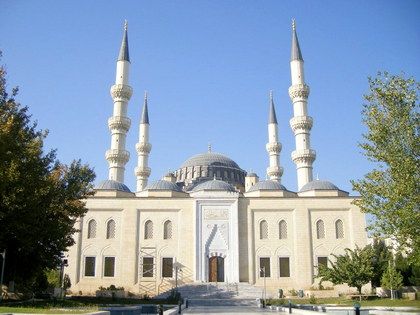Top 10 Places to Visit in Turkmenistan
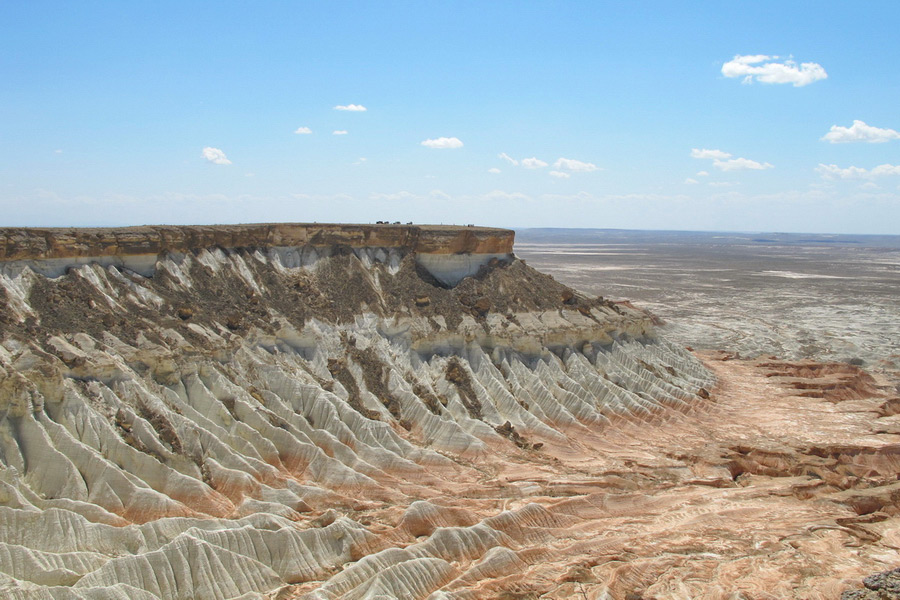
Top places to visit in Turkmenistan include historical monuments, modern architecture, and natural wonders spread across the country's vast expanse, much of which is dominated by the Karakum Desert. Historical highlights feature the medieval structures of Kunya-Urgench and Merv, as well as ancient fortress ruins dating back over 2,000 years. Modern architecture is exemplified by grand monuments built during Turkmenistan's independence, most of which are located in the capital, Ashgabat. Among the country's natural treasures, the Darvaza Gas Crater and the vibrant Yangikala Canyon stand out as must-visit sites.
Discover the top attractions in Turkmenistan as we explore their unique appeal and growing popularity.
Darvaza Gas Crater

Darvaza Gas Crater is definitely one of the top most famous places to visit in Turkmenistan and a must-see for all tourists exploring Central Asia. This fiery natural wonder, created in 1971 due to human intervention, spans 60 meters in diameter and reaches a depth of 20 meters, with hundreds of flames burning continuously at its bottom. Located 270 kilometers from Ashgabat, the crater is best visited in the late afternoon to witness its mesmerizing glow at sunset. For those wishing to fully immerse themselves in this otherworldly experience, a nearby yurt camp offers an opportunity to spend the night and embrace the nomadic lifestyle in the heart of the desert.
Merv
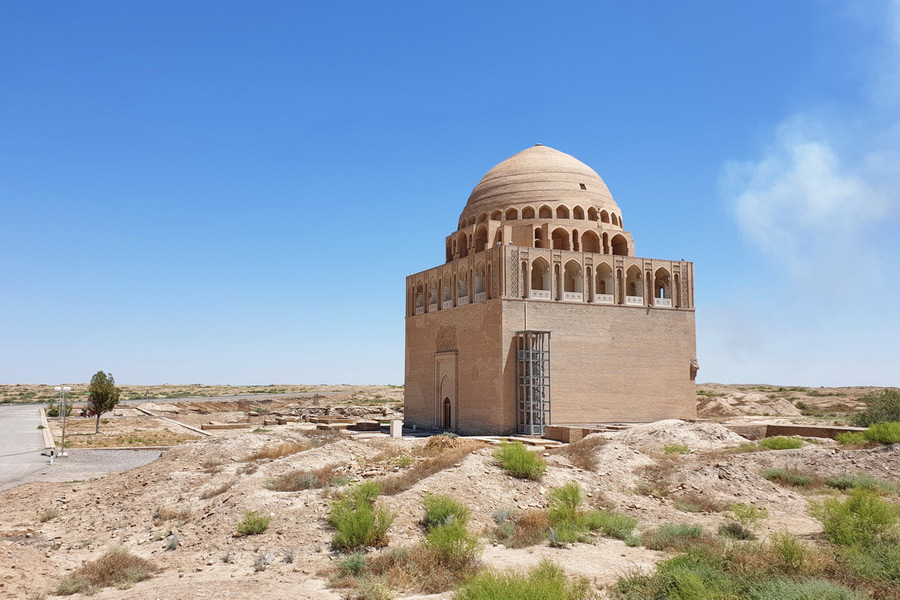
Ancient Merv is a vast historical and archaeological complex in eastern Turkmenistan, celebrated as one of the most important cultural attractions in Turkmenistan. Covering an area of 1,500 hectares, Merv contains several historic buildings and the ruins of fortresses, each with its own significance. Among these, Erk-Kala stands out as the oldest fortress, with a history stretching back over 2,500 years. Another notable place to visit is the 38-meter-high Mausoleum of Sultan Sanjar, a remarkable monument to the region's rich heritage. For those exploring Merv, the nearby town of Mary, just 30 kilometers to the west, offers accommodation and serves as a convenient base for overnight stays.
Kunya-Urgench
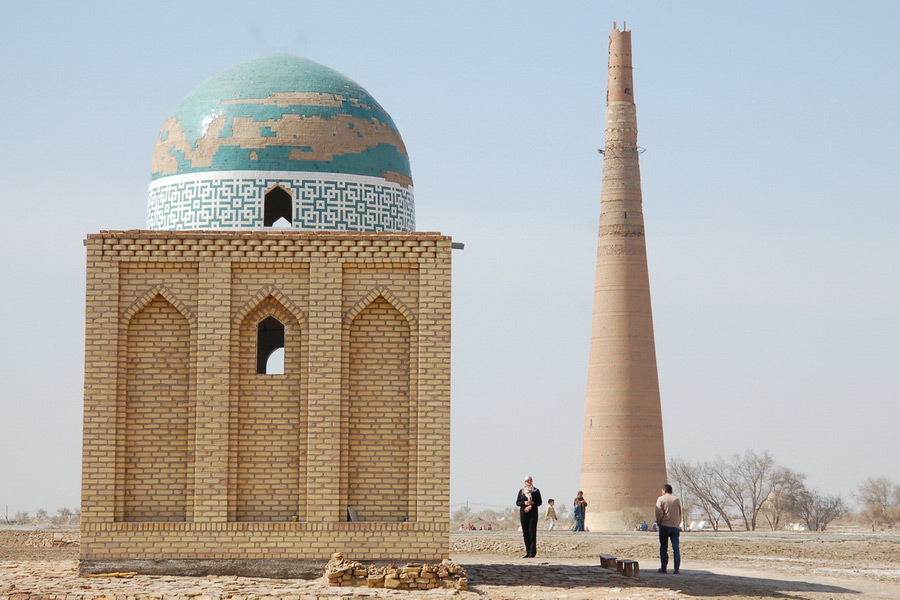
Kunya-Urgench is the site of a medieval city that was abandoned when the Amu Darya River changed course. Today, it stands as a collection of remarkable ruins, including ancient mausoleums and the Kutlug-Timur Minaret, which, at 60 meters, is the tallest historical attraction of Turkmenistan. Located near the border with Uzbekistan, Kunya-Urgench is accessible for a day trip from Nukus or Khiva. Visitors should note that obtaining a Turkmenistan visa in advance is required to explore this fascinating destination.
The National Independence Park

The National Independence Park is a major attraction in Ashgabat and a powerful symbol of modern Turkmenistan. The park features several iconic landmarks, including the 5-meter-high Ruhnama monument, the towering 118-meter-high Independence Monument, and numerous bronze sculptures honoring notable figures from Turkmen history. Independence Park is the best place to visit to experience the vibe of modern Turkmenistan and is a highlight of all standard tours of the capital.
The Neutrality Monument

The Neutrality Monument is a renowned landmark in Ashgabat and one of the iconic places to visit in Turkmenistan. Originally constructed as a tribute to the personality cult of Saparmurat Niyazov, the country's first president, the monument once stood prominently in the city center at a height of 75 meters. Its top featured a 12-meter golden statue of Niyazov that rotated to follow the sun. In the years following his death, the cult of personality diminished, and the entire structure was relocated to the southern part of Ashgabat.
Turkmenbashi Rukhy Mosque
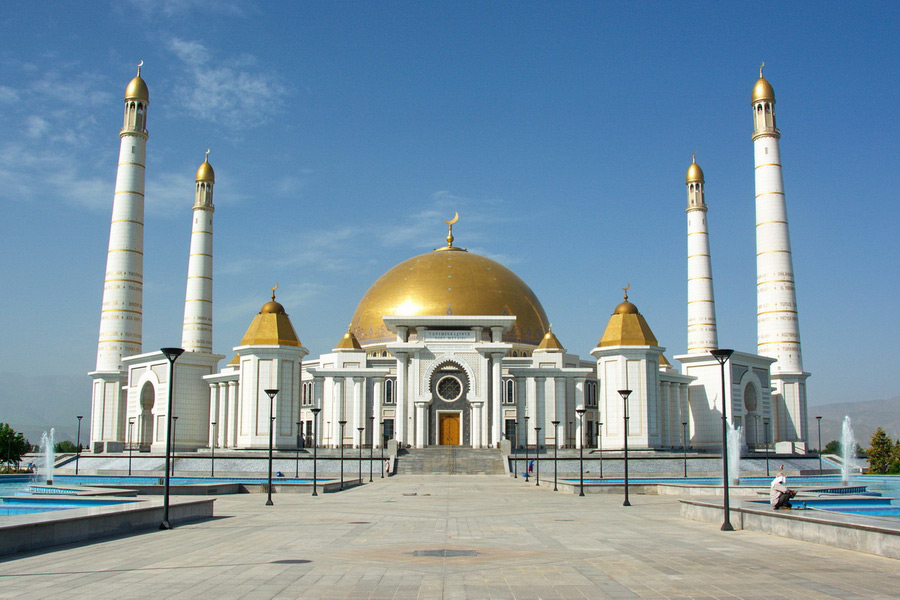
Turkmenbashi Rukhy Mosque, also known as Kipchak Mosque, is the largest religious attraction in Turkmenistan and a prominent symbol of the nation’s cultural and spiritual heritage. Built between 2002 and 2004, 15 kilometers west of Ashgabat, it was commissioned by Saparmurat Niyazov, the first president of Turkmenistan, who bore the title "Turkmenbashi" (leader of all Turkmens). The mosque has the largest single dome in Central Asia, the mosque can accommodate over 10,000 worshippers. Adjacent to the mosque is the Niyazov family mausoleum, the final resting place of Turkmenistan's first president, who was buried there in 2006.
The State Museum of Turkmenistan
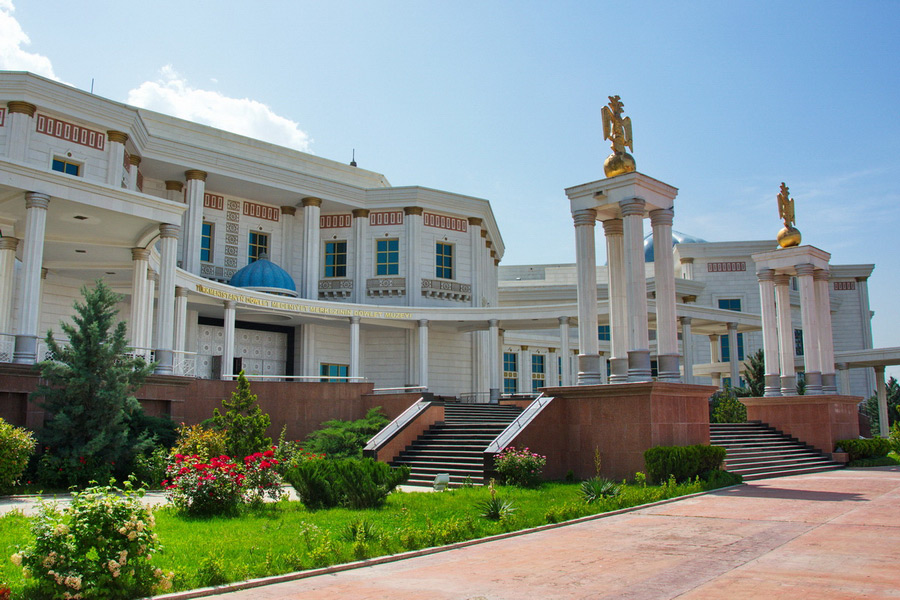
The State Museum of Turkmenistan in Ashgabat is a vast repository of the nation’s rich cultural and historical heritage. Its extensive collection features over 130,000 exhibits, including household items, weapons, and works of art uncovered at renowned archaeological sites such as Kunya-Urgench and Merv. Visitors can also explore displays on the art of carpet weaving and the country’s modern achievements. This remarkable museum offers a comprehensive insight into Turkmenistan’s history and culture, making it a must-visit place in Turkmenistan.
Old Nisa

Old Nisa, located near Ashgabat, is a remarkable archaeological site with a history spanning over 2,000 years, associated with the ancient Achaemenid, Seleucid, and Parthian empires. This once-mighty fortress had 9-meter-high walls enclosing a royal palace, temples, and service buildings. Excavations have revealed numerous structures and artefacts in the Hellenistic style, reflecting the influence of Alexander the Great's conquests through the region. This is definitely one of the most iconic places to visit in Turkmenistan.
The Seyitjemaliddin Mosque
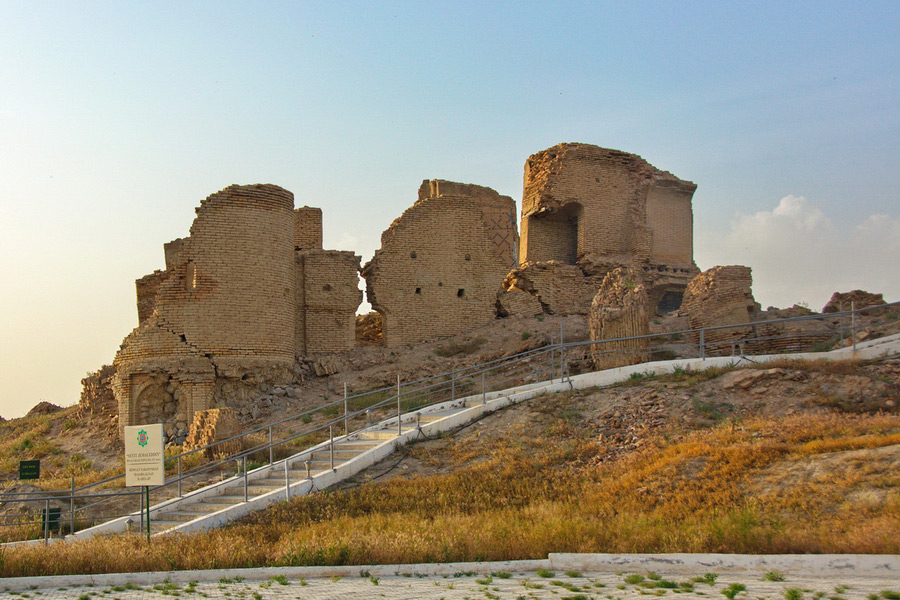
The Seyitjemaliddin Mosque, a 15th century architectural monument near Ashgabat, is of great historical and cultural value to Turkmenistan. Tragically, it was irreparably destroyed in the devastating earthquake of 1948, which claimed over 100,000 lives. The mosque stands as both a symbol of Turkmenistan's rich eastern architectural heritage and a poignant reminder of the disaster. Fortunately, archaeologists documented and studied the mosque in the early 20th century, and today visitors can see a model of the mosque and fragments of its original mosaic facade at the State Museum of Turkmenistan.
Yangikala Canyon

The Yangikala Canyon is one of Turkmenistan's most stunning natural wonders. Located in the northwest, 400 km from Ashgabat and 160 km from Turkmenbashi, this massive canyon is striking in its size and vibrant colours. Its walls, 60 to 100 metres high, have been sculpted over millions of years by wind and rain erosion. The limestone deposits display an astonishing range of colours, from brilliant white to deep rusty red, giving the canyon its name, which translates as “Fortress of Fire”. It is rightfully among the most breathtaking places to visit in Turkmenistan.
More Things to See in Turkmenistan
If you're looking for even more fascinating places to visit in Turkmenistan, don't miss these unique sites:
Dinosaur Plateau is an incredible palaeontological monument in eastern Turkmenistan, featuring a massive slab of fossilised dinosaur footprints - around 3,000 tracks dating back to the late Jurassic period. Comparable in size to Bolivia's famous Cal Orco, the Dinosaur Plateau offers a rare glimpse into prehistoric times.
The Kov-Ata underground lake, 60 metres deep in the Bahardena Cave, is a popular destination for locals. Renowned for its therapeutic properties, the lake's water remains a constant 33-38°C all year round. Located just 90 kilometres west of Ashgabat, it's a must-see for a truly unique natural experience.


